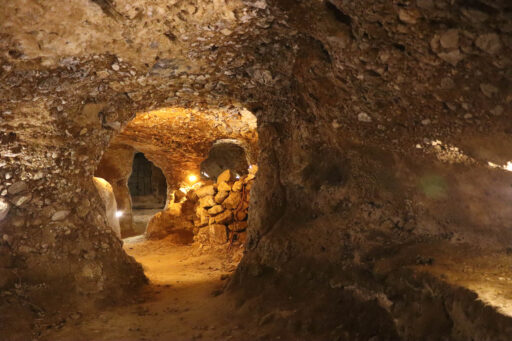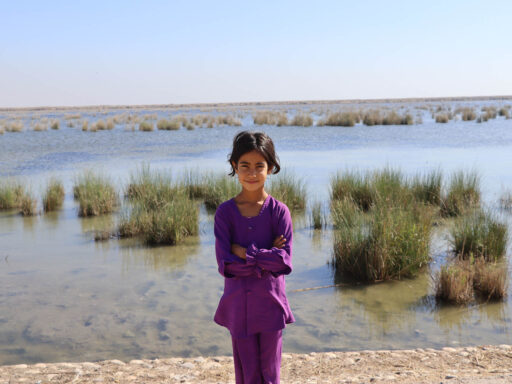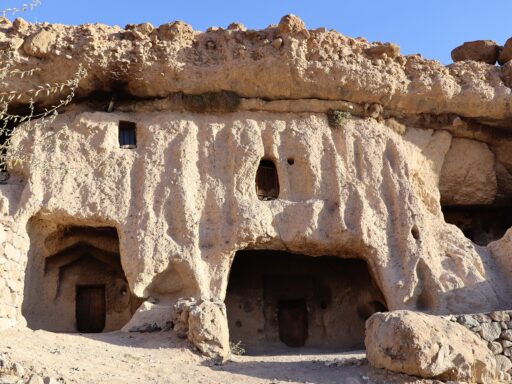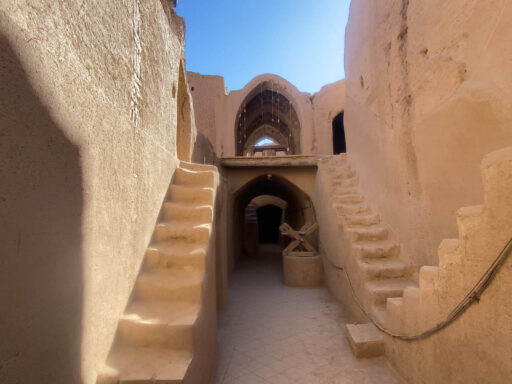Introduction
In the heart of Iran’s central Isfahan Province lies the ancient village of Kord-e Olya, home to an incredible subterranean wonder – an entire city carved inside rock. Known as the ‘Underground City of Kord-e Olya’, this unique hidden gem was built by excavating soft volcanic rock. Dating back over 2,000 years, this network of tunnels, rooms, stairs, and water channels offers a glimpse into ancient Persian ingenuity and engineering.
In this article, we take a closer look at the underground city of Kord-e Olya, from its history and construction to its layout and top sights for modern-day travelers.
History and Significance
The origins of Kord-e Olya’s underground city trace back to pre-Islamic times in Persia. Some records indicate initial construction during the reign of Ardashir I, founder of the Sassanian Empire in the 3rd century CE. However, most of the structures were built later in the 6th century CE.
Over its long history, the underground city served various purposes – from providing shelter from desert heat to refuge during foreign invasions. The soft volcanic rock made it easy for laborers to carve out tunnels, stairs, rooms, and halls across multiple levels. At its peak, the underground city could house over 12,000 people.
Centuries later, parts of the city were modified into pigeonhouses and aqueduct channels. Although abandoned for many years, renewed interest from archaeologists and tourists has brought back the lost glory of the underground city. It was named a national heritage site in 1975.
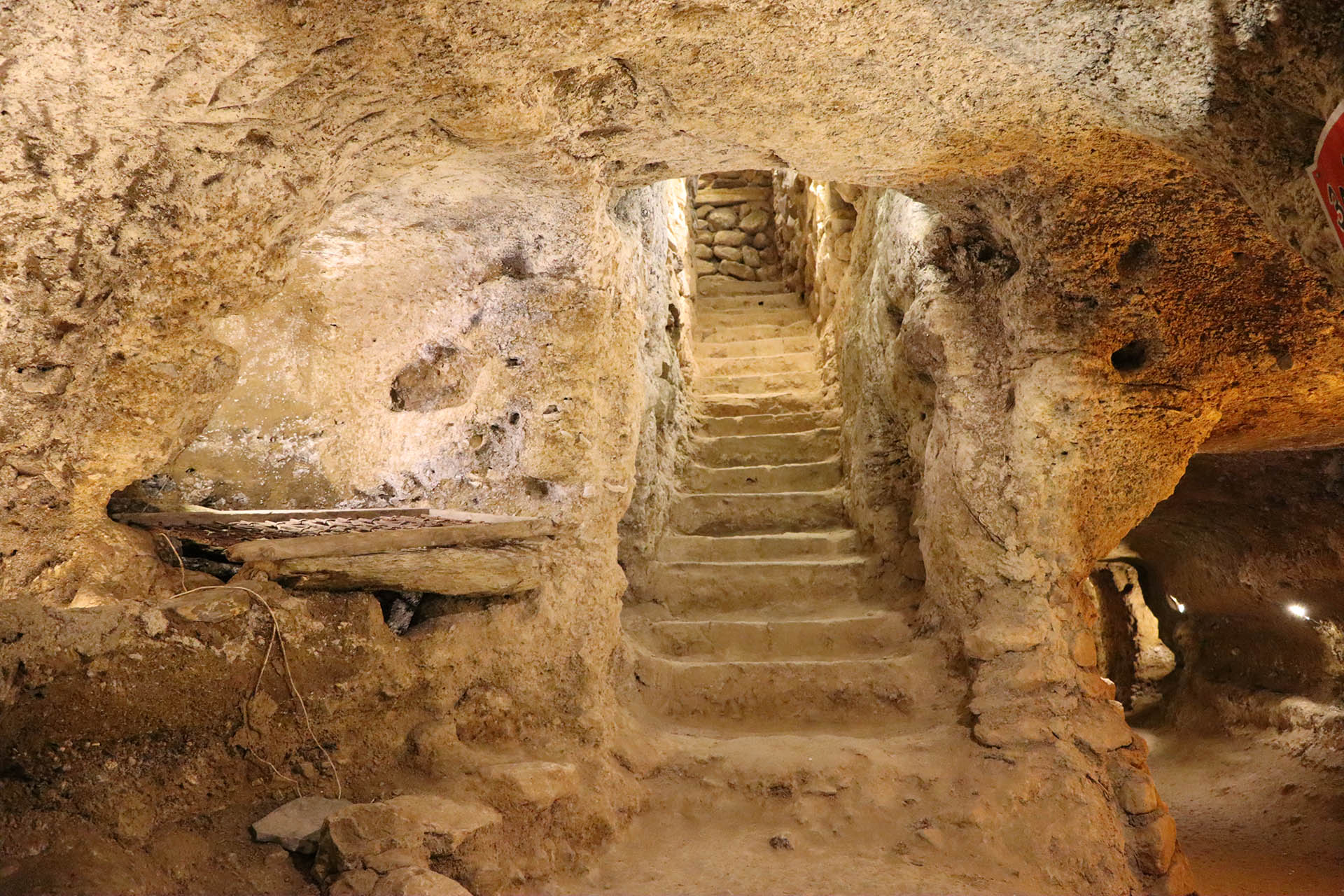
Layout and Design of the City
Spread across five levels, the underground city of Kord-e Olya is a marvel of ancient engineering and design. Let’s look at the key structures located at each level:
First Level
The first or uppermost level lies just below the ground. It has simple rooms used mainly for storage and as pigeonhouses. Narrow staircases connect it with lower levels.
Second Level
More spacious residential rooms, public washrooms, assembly halls, and small aqueduct channels are found here. The halls could accommodate religious or social gatherings.
Third Level
This houses the most number of rooms, including large assembly halls with pillars and arched doorways. There are also long corridors and stairwells.
Fourth Level
The rooms here were designed for families, with kitchens, tiled baths, toilets, and corner fireplaces for heating. Intricately carved alcoves added aesthetic charm.
Fifth Level
The lowest level has cavernous halls that were used as stables for horses and livestock. Air shafts and water channels provided ventilation and drainage.
The city’s efficient design allowed thousands to stay cool in summer and warm in winter. Aqueducts provided freshwater year-round.
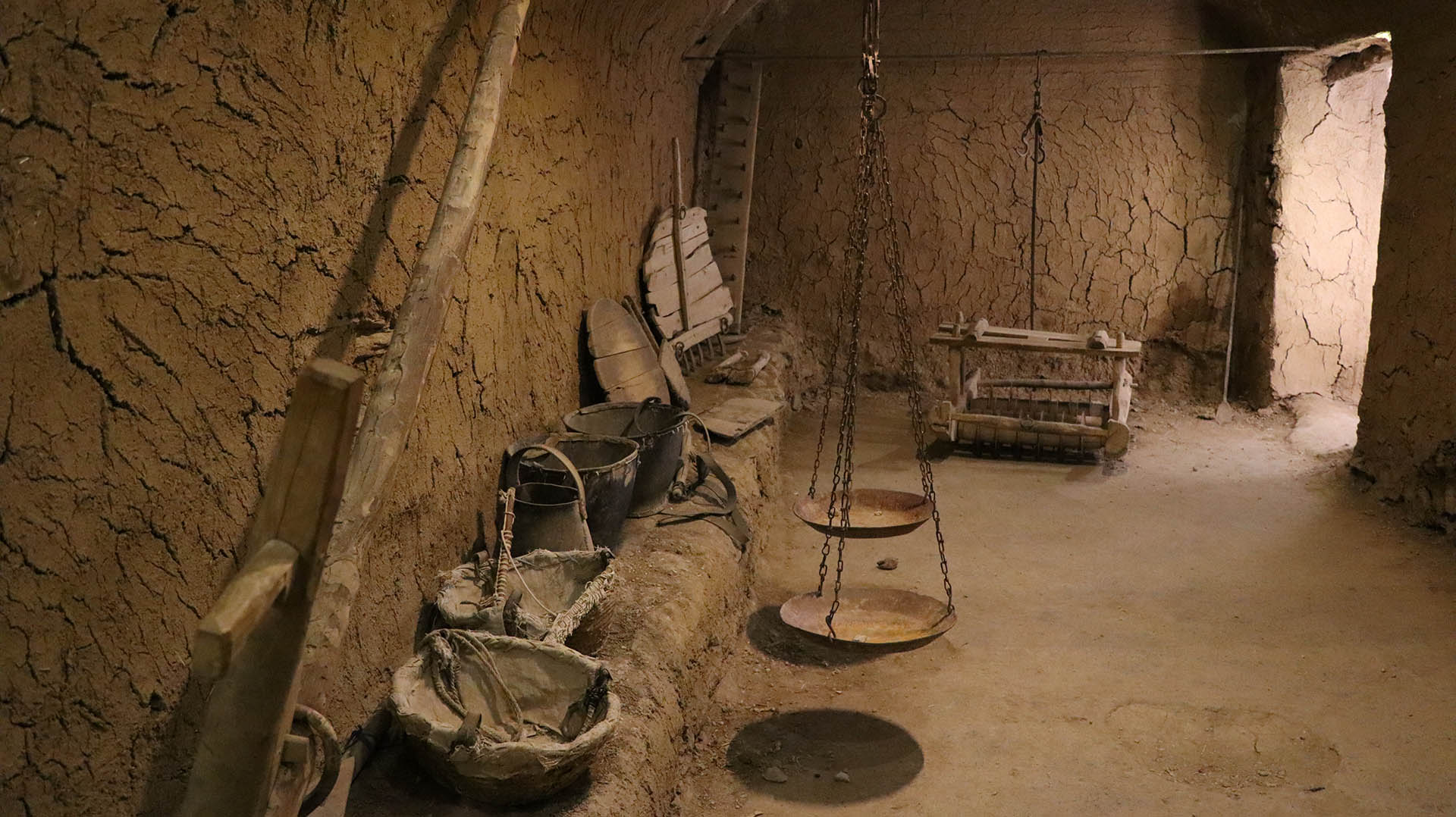
Construction Materials and Methods
The unique construction of Kord-e Olya’s rock structures is also remarkable. Most were excavated out of a special volcanic rock called tuff. This soft, porous rock made underground carving easier than stone but hard enough for stability. No cementing agents were required.
The insulation properties of tuff kept inside temperatures comfortable. Its breathability prevented dampness while allowing smoke to escape. Strong pillars were left intact for supporting roofs. Small blocks were cut out of walls to serve as shelves and wall decor. Angled air shafts and corners increased stability.
Water was supplied via aqueducts originating at the Sarband springs in the Karkas Mountains. Precise calculations were made to allow water to flow in and sewage to flow out smoothly. The ingenuity is evident even today!
Top Sights at the Underground City
Though abandoned for centuries, the underground city still fascinates visitors with its size and splendor. Some key areas to check out include:
Amphitheater Hall
One of the largest rooms, spanning 23 feet, features tiered seats cut along the rounded wall for assemblies or performances. The barrel-vaulted ceiling resembles an underground amphitheater.
Nodoshan Inscription
This famous Sassanian-era inscription in Pahlavi script contains details about Ardashir I and construction of the underground city. The carved stone slab is now housed in a museum.
Queen’s Chamber
Decorated with recessed niches, this room was likely reserved for the queen. An adjoining smaller room probably served as her private chamber.
Badgirs
These traditional wind-catchers brought in air from above and kept the city ventilated. With no electricity, they were a clever solution.
Aqueduct Channels
Miles of hand-carved channels running inside walls transported water. Their angles allowed smooth flow using gravitational force alone.
Central Pillar Hall
In this grand hall, numerous pillars carved out of the rock narrowly connect the ceiling with the floor below. It is an impressive work of engineering.
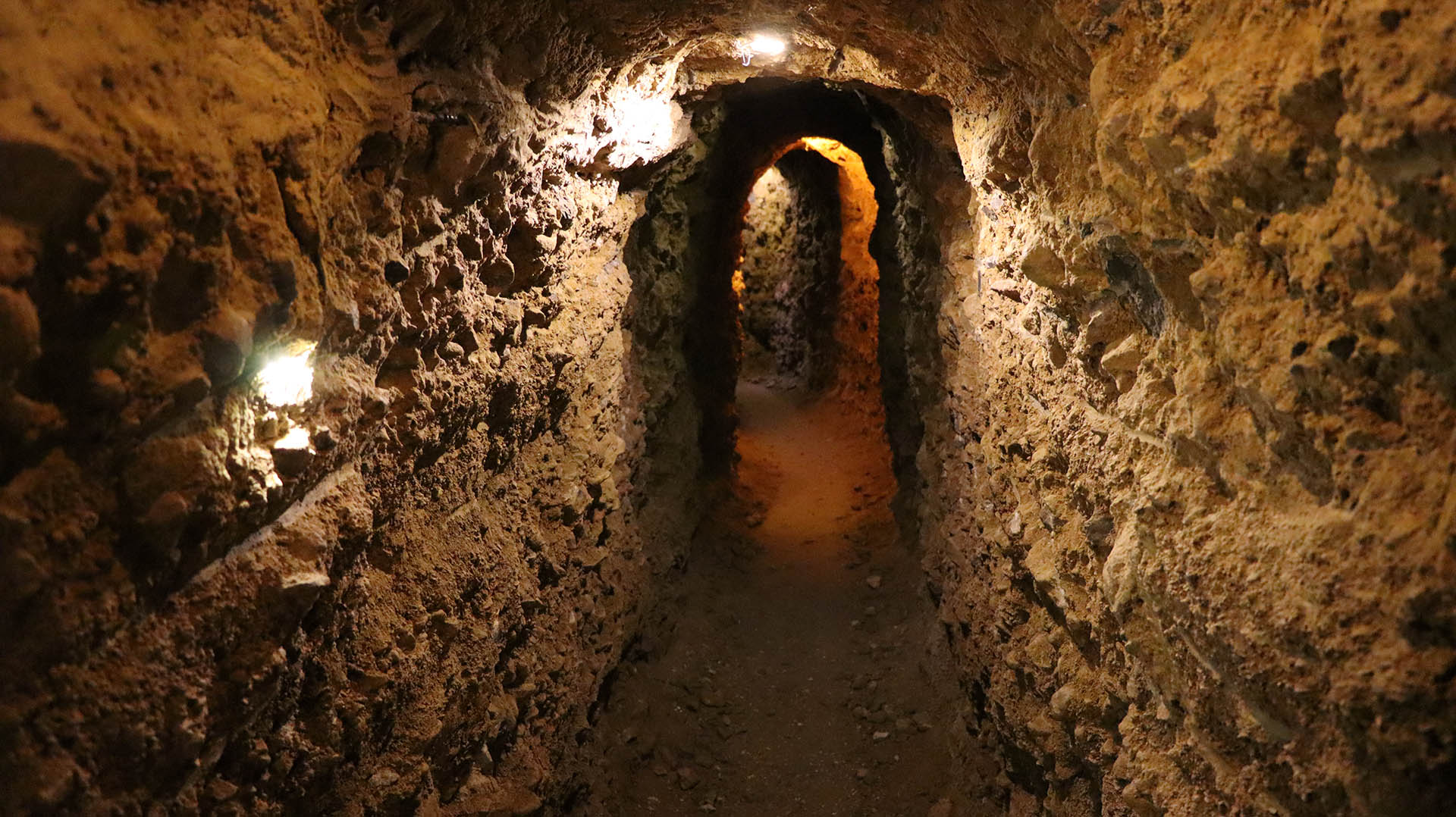
How to Reach Kord-e Olya
Kord-e Olya village is located around 35 km southwest of Isfahan city in Esfahan Province. Some tips to reach here:
- Rent a taxi or book an organized day tour from Isfahan. The drive takes around an hour.
- Drive yourself by car. Take the Isfahan – Shiraz highway and exit at Shahreza. Follow signs for Kord-e Olya.
- Public buses also connect Isfahan to Kord-e Olya. But rents a taxi from the village to explore the underground city.
Remember to carry water, snacks, wear shoes suitable for climbing stairs, and take a flashlight for adequate lighting inside.
When to Visit
Since it stays pleasantly cool inside, the underground city can be visited year-round. But spring and autumn are best for avoiding extreme heat or cold. During peak summer, day tours run very early when it’s cooler outside. Winters can be cold but fewer crowds.
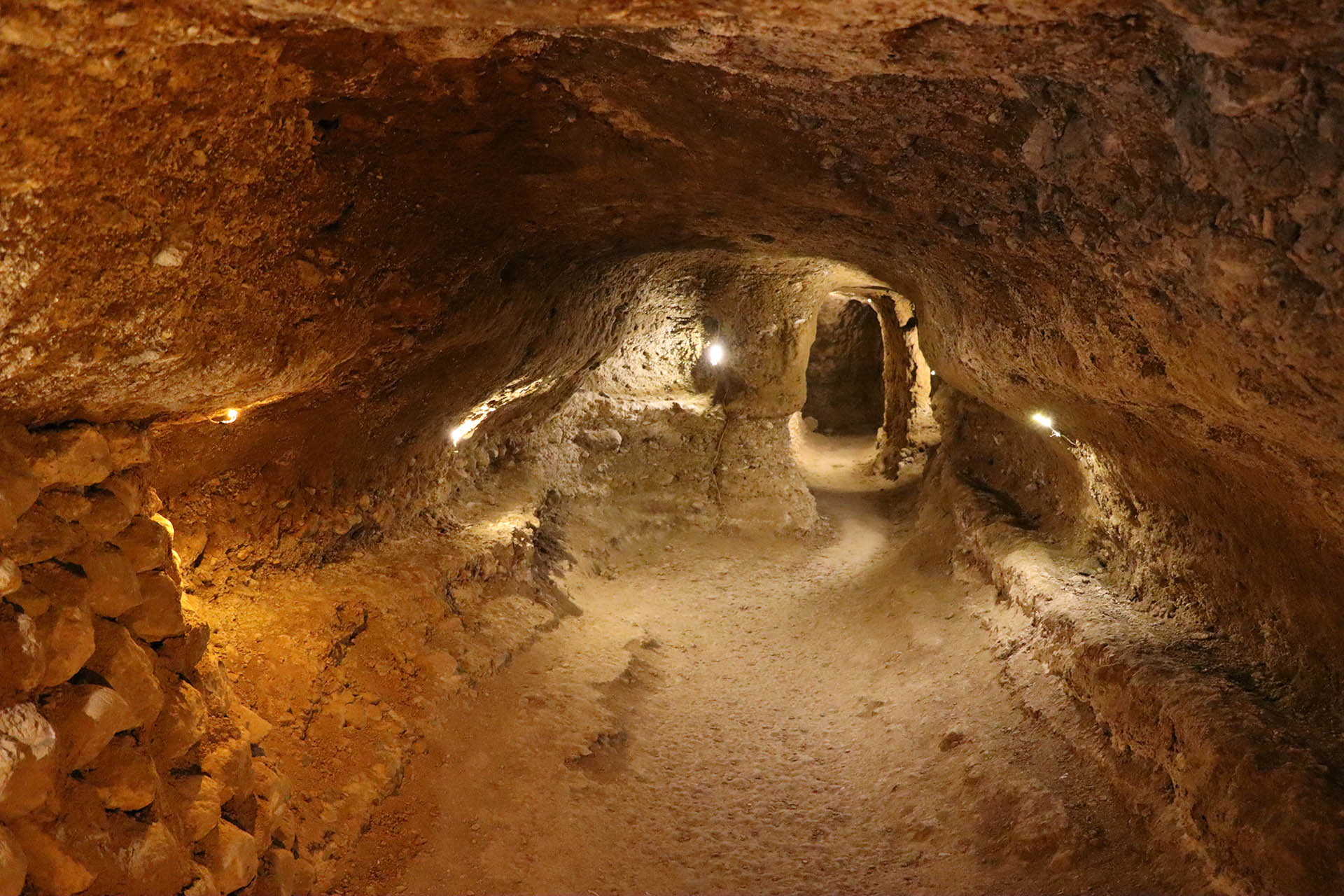
Conclusion
The underground city of Kord-e Olya is an incredible example of ancient engineering that has survived over two millennia. Carved entirely out of rock, its design provided shelter, water supply, ventilation, and drainage to thousands. Marveling at the hand-carved halls, rooms, tunnels, pillars, and staircases gives a glimpse into Persia’s rich history. This hidden gem is a must-visit for any travelers interested in Iran’s cultural legacy.


